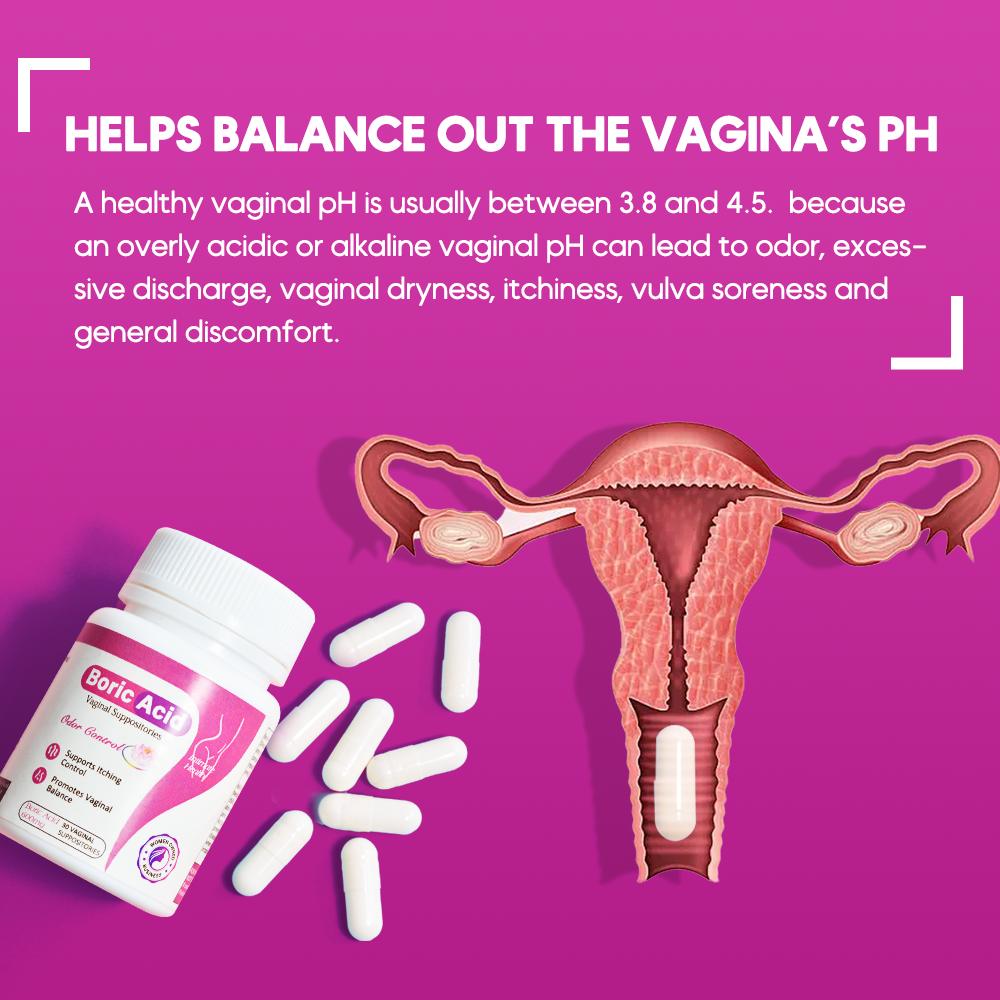
How To Prevent Yeast Infection From Ruining Your Sex Life
Table of Contents
Yeast infections, also known as Candida infections, are a common type of fungal infection that affects millions of people worldwide. While most yeast infections are easily treatable, they can be uncomfortable and sometimes painful, making it important to understand the symptoms, causes, and treatment options available.
Symptoms of a yeast infection
The most common symptoms of a yeast infection are itching, burning, and irritation around the vulva and vagina. Other symptoms may include:
- A thick, white vaginal discharge that may resemble cottage cheese
- Painful urination
- Pain or discomfort during sexual intercourse
- Redness and swelling of the vulva and vagina
In some cases, a yeast infection may cause a rash on the skin around the genital area.
Causes of yeast infections
Yeast infections are known to be caused by an overgrowth of the Candida fungus. While this fungus is normally present in the vagina in small amounts, certain factors can cause it to multiply and cause an infection.
Some of the most common causes of yeast infections include:
- Antibiotic use: Antibiotics can kill off the good bacteria in the vagina, allowing yeast to thrive.
- Hormonal changes: Hormonal changes during pregnancy or menopause can alter the pH balance of the vagina, making it more hospitable to yeast.
- Diabetes: High blood sugar levels can provide a food source for yeast, allowing it to grow and multiply.
- Weakened immune system: A weakened immune system can make it more difficult for the body to fight off a yeast infection.
Treatment of yeast infections
Some common yeast infection treatment options include:
- Clotrimazole: This antifungal cream is available over the counter and is applied directly to the affected area.
- Fluconazole: This oral medication is available by prescription and is taken in a single dose.
- Miconazole: This antifungal cream is available over the counter and is applied directly to the affected area.
It’s important to follow the instructions on the medication carefully and to complete the full course of treatment, even if symptoms improve.
Preventing yeast infections
While yeast infections are common and usually not serious, they can be uncomfortable and inconvenient. There are several steps you can take to reduce your risk of developing a yeast infection:
- Avoid douching: Douching can disrupt the natural balance of bacteria in the vagina and increase the risk of infection.
- Wear loose-fitting clothing: Tight-fitting clothing can trap moisture and create a breeding ground for yeast.
- Practice good hygiene: Keeping the genital area clean and dry can help prevent the growth of yeast.
- Avoid irritating products: Avoid using products that may irritate the genital area, such as scented tampons or pads.
- Manage diabetes: If you have diabetes, it’s important to keep your blood sugar levels under control to reduce the risk of yeast infections.
In conclusion, yeast infections are a common type of fungal infection that can be uncomfortable and sometimes painful. Fortunately, they are easily treatable with over-the-counter antifungal medications.
By understanding the symptoms, causes, and treatment options available, you can take the necessary steps to reduce your risk of developing a yeast infection and also manage any symptoms that may arise.
Continue reading: Vitamin Deficiencies 101: Understanding the most common deficiencies




